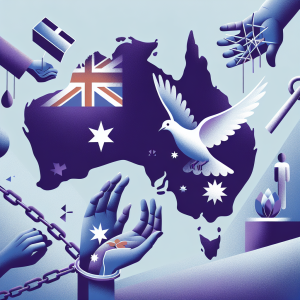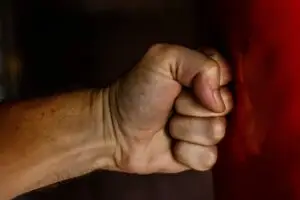#MeToo
Unmasking the Hidden Crisis: The Stark Truth of Domestic Violence in Australia
In Australia, domestic violence stands as a deeply entrenched issue, casting a shadow over communities with its pervasive and hidden nature. This phenomenon, often cloaked in a semblance of normalcy, inflicts deep and lasting scars on victims and undermines the very foundation of societal cohesion. This article endeavors to illuminate the grim realities of domestic violence in Australia, delving into its origins, repercussions, and the imperative for a united stand against it.
Deciphering Domestic Violence
Domestic violence is characterized by a spectrum of controlling behaviors exerted by one individual over another within an intimate or familial context. This can manifest as physical, sexual, emotional, psychological, or financial abuse. The insidious aspect of domestic violence lies in its occurrence within supposed safe havens—our homes—making it a deeply personal crisis.
Magnitude of the Problem
The statistics regarding domestic violence in Australia are alarming. On a weekly basis, one woman is killed by a current or former partner. Furthermore, one in six Australian women and one in sixteen Australian men have been subjected to physical or sexual violence by a partner since turning 15. These figures only scratch the surface, as countless incidents remain unreported, often due to fear, stigma, or hope for change.
Root Causes of Domestic Violence
Domestic violence stems from a complex interplay of individual, relational, community, and societal elements. Key factors include:
- Gender Inequality: Fundamentally, domestic violence reflects the power imbalances between genders, with societal norms favoring male dominance contributing to an environment where violence towards women is more prevalent.
- Intergenerational Transmission: Exposure to domestic violence in childhood increases the likelihood of becoming involved in abusive relationships as an adult, thus perpetuating the cycle of violence.
- Socioeconomic Stressors: Financial difficulties, unemployment, and poverty can heighten relationship tensions, potentially leading to violence.
Consequences of Domestic Violence
The fallout from domestic violence is catastrophic, touching individuals, families, and entire communities. Victims may endure physical harm, mental health struggles like depression and anxiety, and may turn to substance abuse for solace. Witnessing domestic violence can jeopardize children’s emotional, behavioral, and cognitive development. The societal toll is vast, encompassing healthcare and legal costs, diminished productivity, and weakened community bonds.
Champions of Change
Efforts to combat domestic violence have seen prominent figures, including celebrated authors and activists, leveraging their influence to advocate for transformation. Maya Angelou’s words, “Each time a woman stands up for herself, she stands up for all women,” resonate with the critical role of individual and collective activism in tackling domestic violence.
Community and Governmental Intervention
Combating domestic violence necessitates a comprehensive strategy engaging victims, perpetrators, the broader community, and governmental bodies. Initiatives like public awareness campaigns, youth education programs, and professional training for those in contact with victims are essential. Strong legal protections for victims and accountability measures for perpetrators are equally critical.
Support Mechanisms and Resources
Australia has advanced in providing support and resources for domestic violence victims, with hotlines, shelters, and counseling services available. Yet, disparities in access, especially in remote areas, underscore the ongoing need for investment and enhancement in these services.
Engaging in the Fight
Addressing domestic violence is a collective duty. Here’s how individuals can make a difference:
- Inform Yourself and Others: Recognizing the signs of domestic violence and knowing how to aid victims are vital steps.
- Break the Silence: Speaking out about domestic violence is crucial. If you suspect someone is at risk, your intervention could be life-saving.
- Aid Victims: Offering emotional, practical, and financial support can significantly assist victims in rebuilding their lives.
- Promote Change: Supporting organizations dedicated to eradicating domestic violence can yield substantial progress.
Conclusion
The scourge of domestic violence in Australia is an urgent call to action, necessitating widespread awareness, education, and engagement to dismantle the barriers of silence and stigma that perpetuate it. As Nada Al-Ahdal poignantly states, “Protecting human rights is not an option, but a responsibility of us all” @nadalahdal. Let’s embrace this responsibility, working collaboratively towards a safer, more just society for all.
#NadaFoundation
#domestic_violence
#Nada_Foundation
#NadaAlahdal
#Closed #Doors #Unveiling #Harsh #Reality #Domestic #Violence #Australia
behind-closed-doors-unveiling-the-harsh-reality-of-domestic-violence-in-australia




















